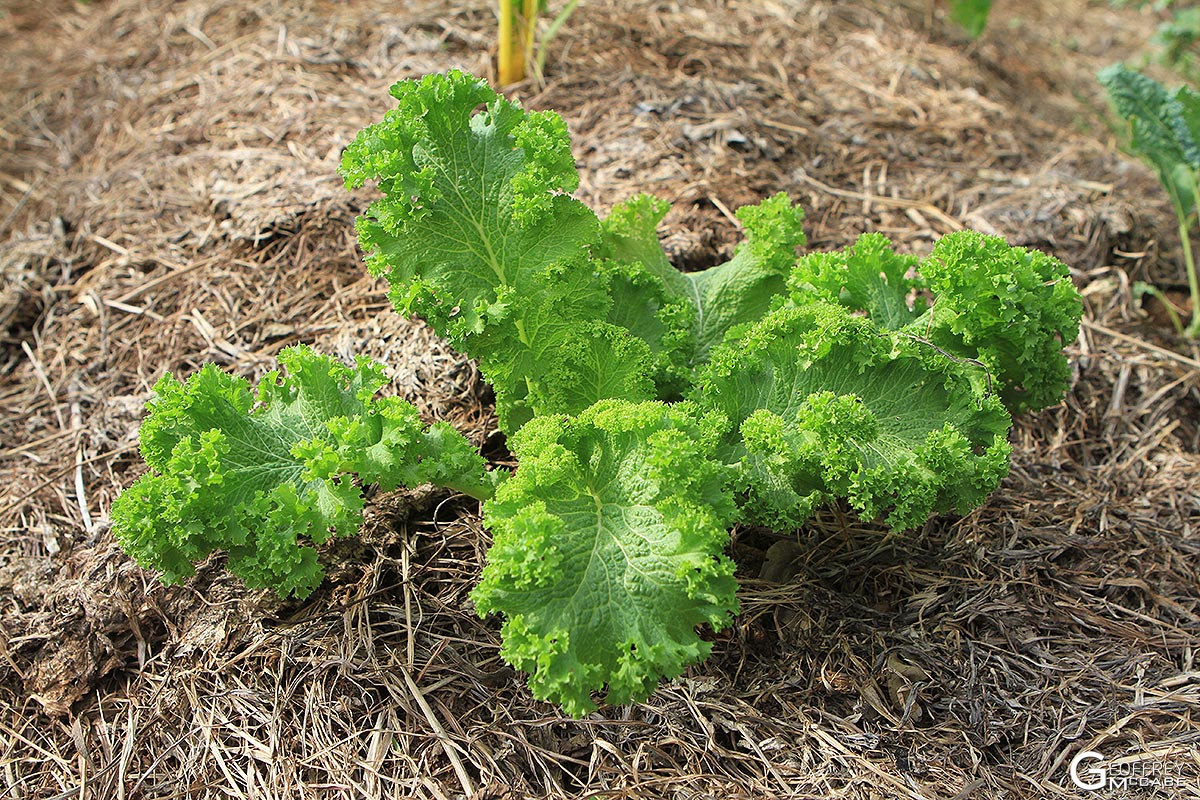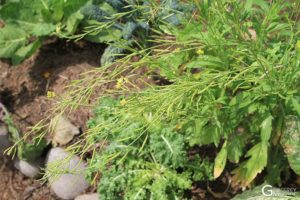Mustard Greens
Also known as Brassica Juncea or Green Mustard Cabbage, this zingy green is about the sharpest green of the bunch, it never ceases to surprise me in a salad… especially when you don’t expect it! This can happen as it bears a close resemblance the kale we grow here on the farm, which both bare resemblance to a headless cabbage. Allowing no part of the green to go to waste, the mustard seeds are a perfect compliment to curries for spice and can be ground with vinegar, water or other liquids to make the condiment mustard. Dating back to Helenistic and Roman times the Mustard Plant is surprisingly diverse. The green grows in climates from British to Central American and can be both spicy and mild depending on the process of preparation.
For some who love the fire the greens can be enjoyed raw in a variety of ways to experience the most intense flavour. I like them blended into a salad dressing for a kick, as a spicy garnish or as the heart of the flavour of our homemade wasabi recipe. For those with a more sensitive palate the greens can be adaptable; when boiled in a full pot of water with a splash of vinegar they become like a meatier, fuller version of spinach and are great to use in recipes like Indian dals.Mustard greens are high in vitamin K encouraging bone building in our bodies and also vitamin C, A and folate antioxidants. Their high content of phytonutrients promotes disease prevention properties and are believed to improve neuro health of those suffering with alzheimer’s disease. Eating these greens regularly is a boost to the immune system, they supports cardiovascular health and mitigate effects of inflammatory conditions. Wow, medicine never tasted so good!
















